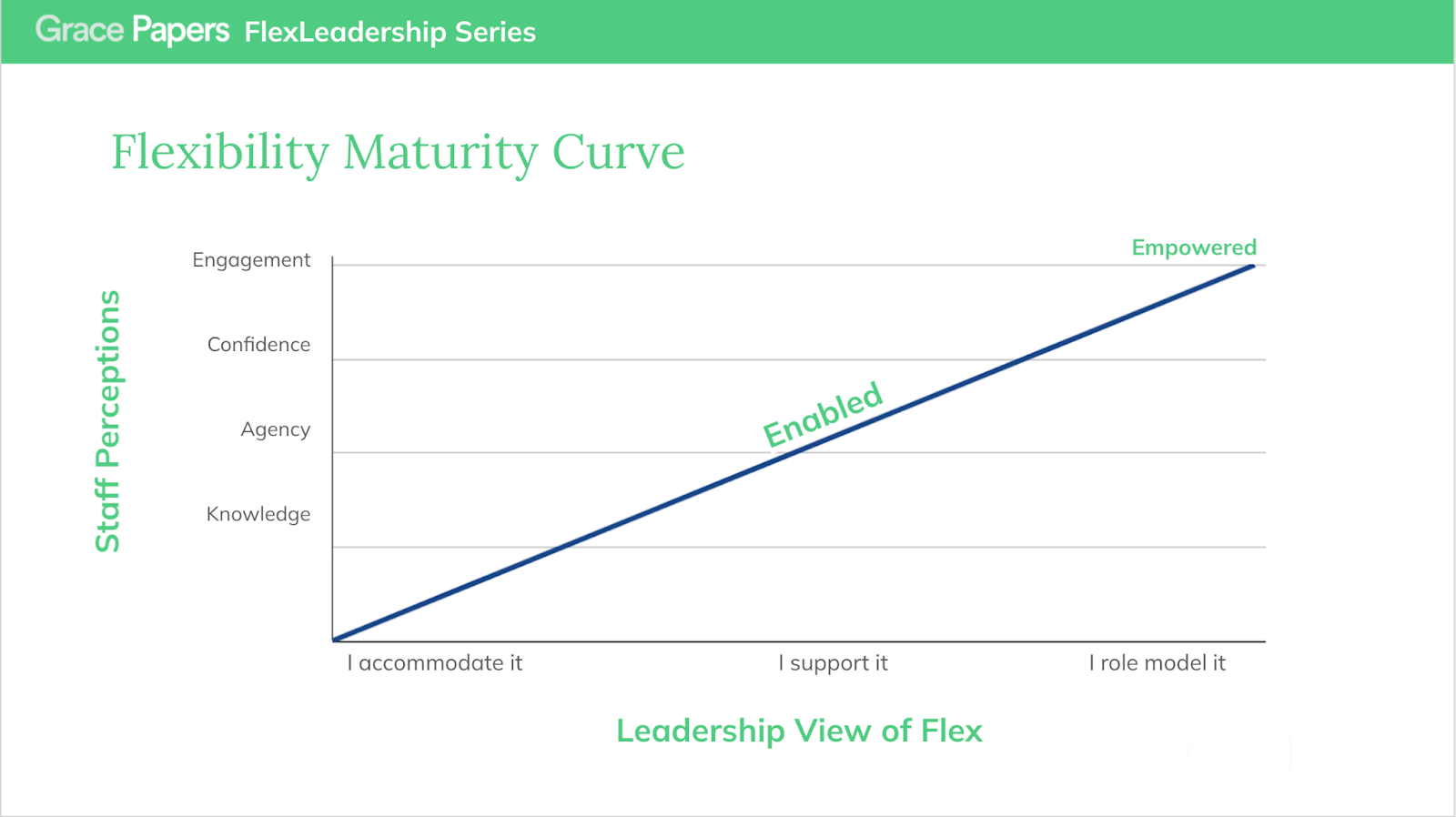All Roles flex has long been heralded as the holy grail of gender equality and inclusion. And with good reason – it increases workforce participation of women and diverse groups by providing them with greater autonomy and flexibility to meet their work accountabilities while also fulfilling their caregiving needs.
And while the pace at which flexible work was tracking pre-pandemic felt somewhat glacial, the past 2 years have seen our working worlds catapulted into a social science experiment. At the core of the purpose of the ‘work from home if you can’ directives has been government, workplace and societal prioritisation of care for our humanity. And that, we’ve certainly welcomed.
But as pandemic health risks reduce, barely a day goes by that our news feeds don’t include articles on flex. And they come with an ever-expanding vernacular to define flexible work. We’re talking hybrid, remote work, the four day week, life leave, formal flex, ad hoc flex, fixed hybrid, flexible hybrid. The list goes on. But to what end? The ongoing uncertainty is driving additional stress for managers and anxiety for employees – especially those with caring responsibilities (primarily working mothers) and those with accessibility needs.
So what’s the solution? A new policy? New processes? Well, not necessarily.
To attract and retain great talent, flex needs to be accessible without fear or stigma. And most importantly, available to everyone. Which is why leaders need to articulate their vision for flexibility (no, not just the business case or request forms again), focusing on behaviours, values and symbols of a flexible culture. For the secret to flex success can only be unlocked by empowering your leaders.
In our training sessions, we routinely ask leaders to identify where they sit on our FlexMaturity Curve (example below).
Are they enablers of flex, and therefore unlikely to use or role model use of it themselves? Or are they empowered to embrace flex to care for themselves, others or the community, and are therefore in the minority of managers (according to almost 800 of your leaders who recently joined our FlexLeadership Course) who are not burnt out?
When it comes to FlexLeadership, too many workplaces have a skills gap in how to manage and embrace it. And as a consequence, flex grudges are undermining the opportunity for flex to build a robust inclusion and wellbeing culture as we emerge from the pandemic. Generally, this doesn’t require new policies or processes around flex. Rather, it requires upskilling and empowering leaders.
Our current read on the return-to-work is, that while many staff are expressing a preference for working from home, the secret to All Roles Flex as an inclusion and wellbeing intervention is in understanding the who and the why of those who want to return to work, and delivering targeted empowerment support to ensure your leaders move up the flex maturity curve.
While most survey results continue to reveal those keen to return to the office full time are the new minority – they are a minority that holds much of the power and often leadership influence. There needs to be increased effort to shift hearts and minds of this group – not by asking them to ‘role model’ flex, but by holding them accountable for embracing care through flexible work as the new workplace norm, and improving their own wellbeing along the way.
And with our leaders, HR and D&I practitioners firmly focused on care policies the staged return to the office presents an opportunity for workplaces to place care and accountability at the heart of their flex culture & policies. A subtle but impactful shift (that we already know works) from giving people the choice to use flex to care, to holding them accountable for care.
Now is the time to create a level playing field by expanding the expectations of your staff by holding them accountable for delivering on work outcomes while embracing caregiving responsibilities – for self, for others, or for their community.
Get in touch to learn where your employees are on the FlexMaturity Curve.





